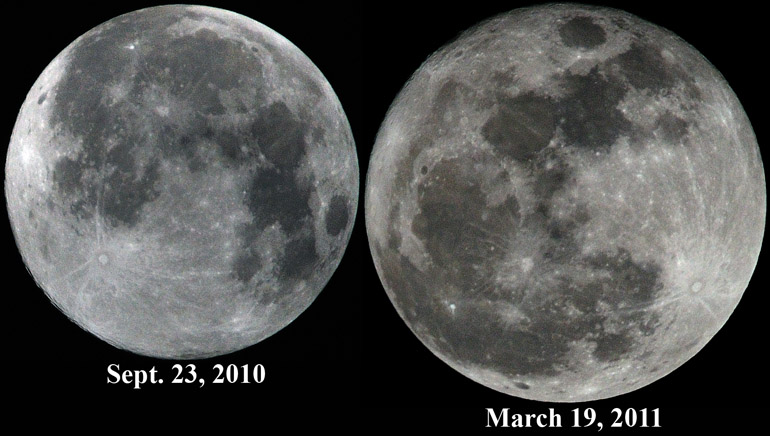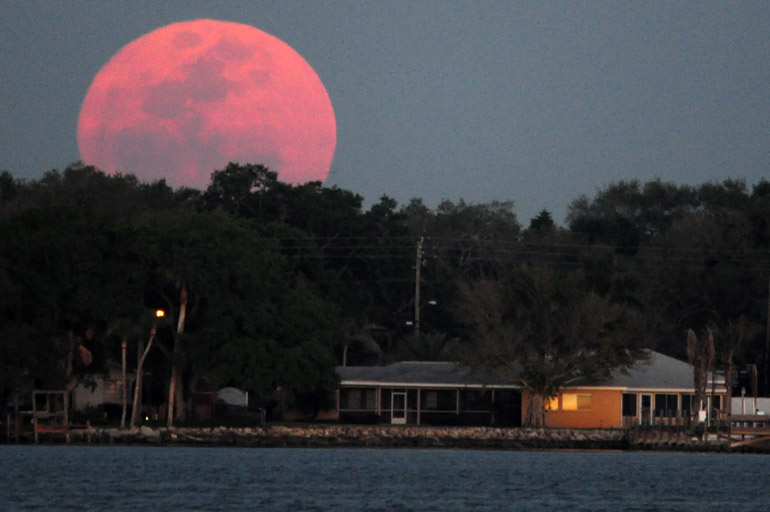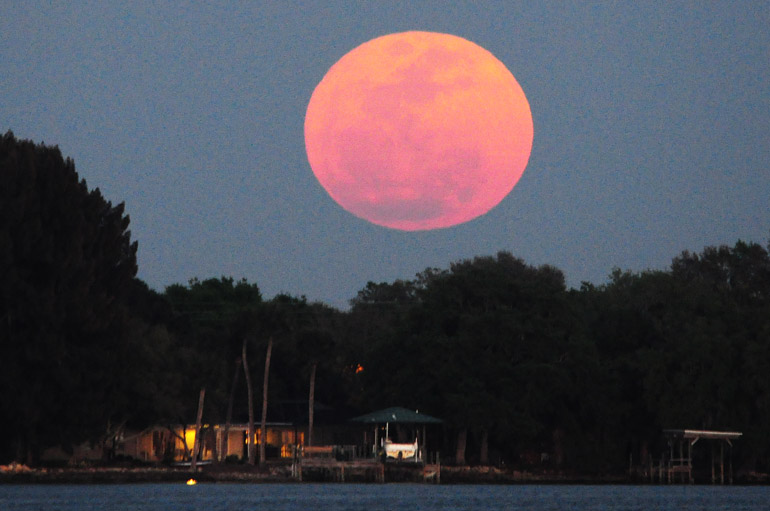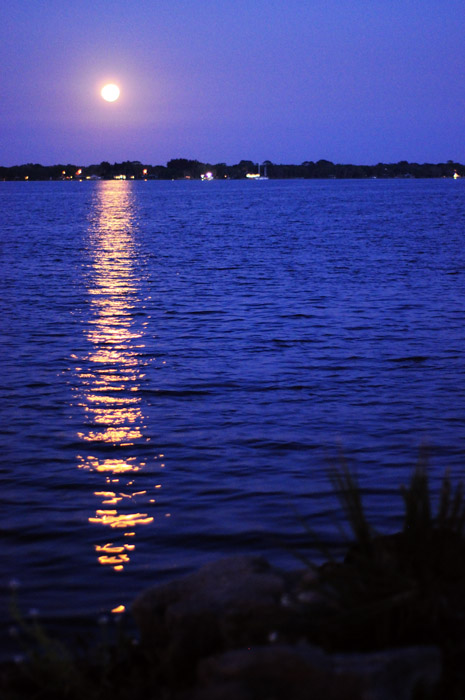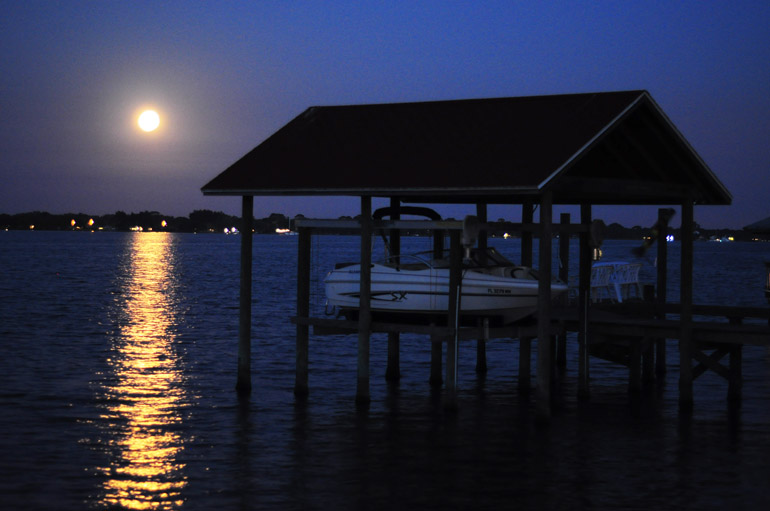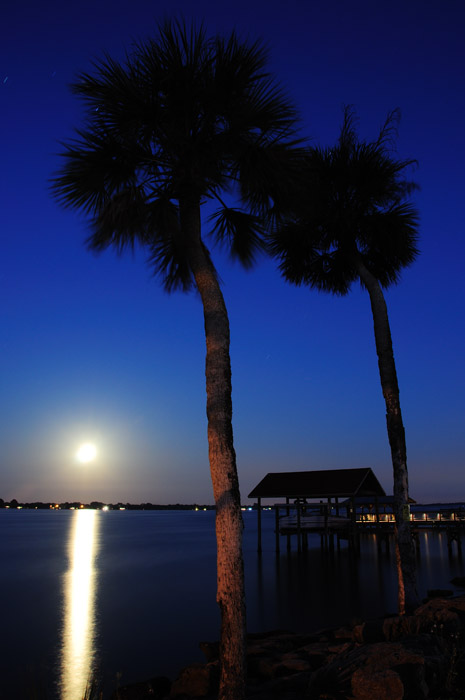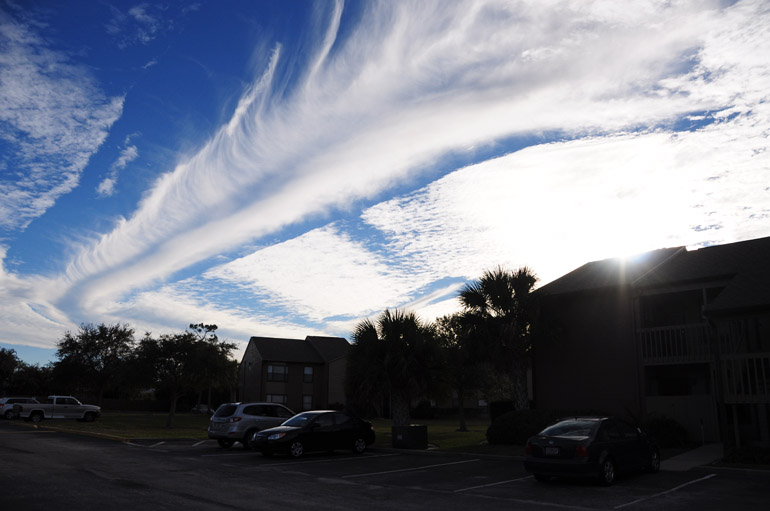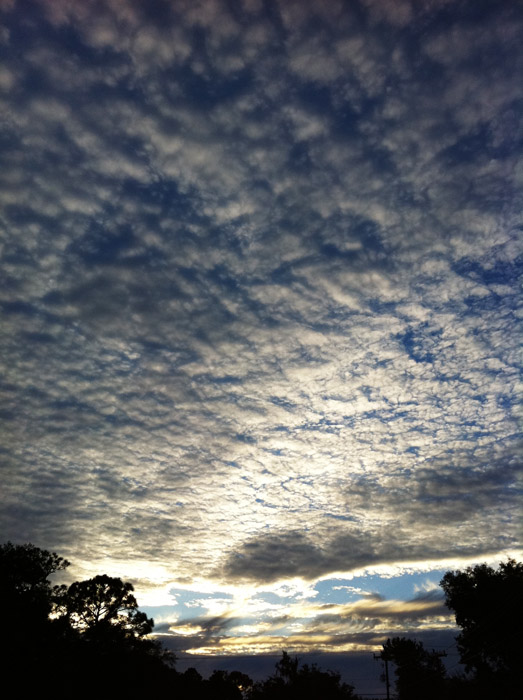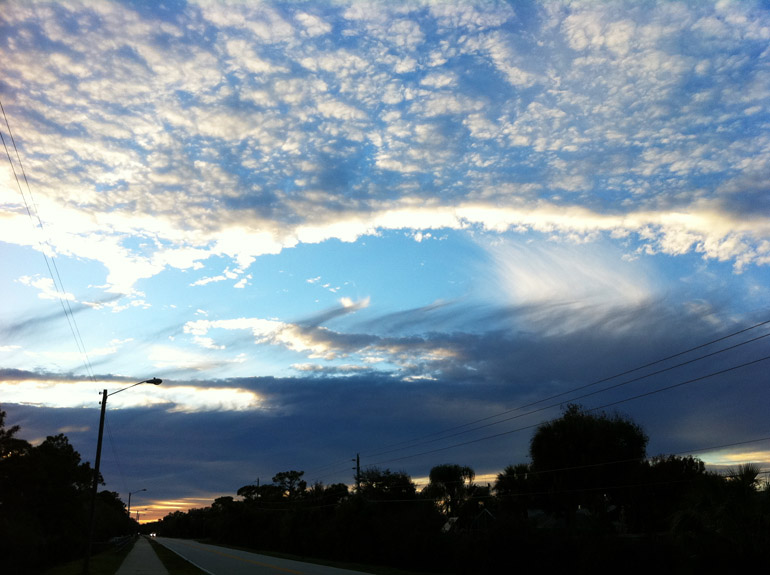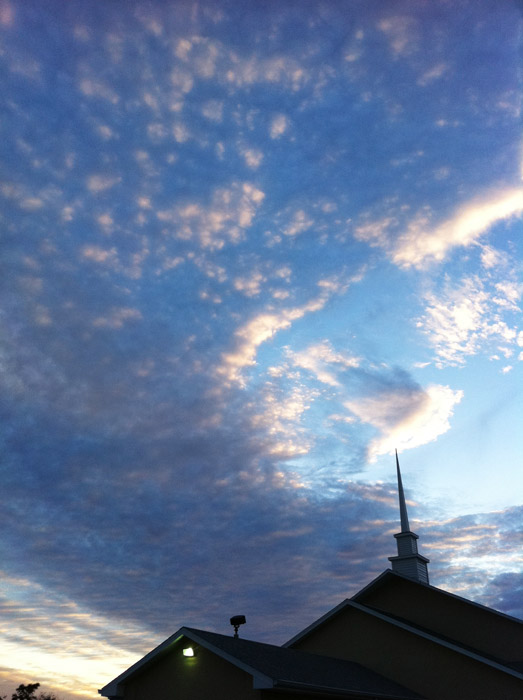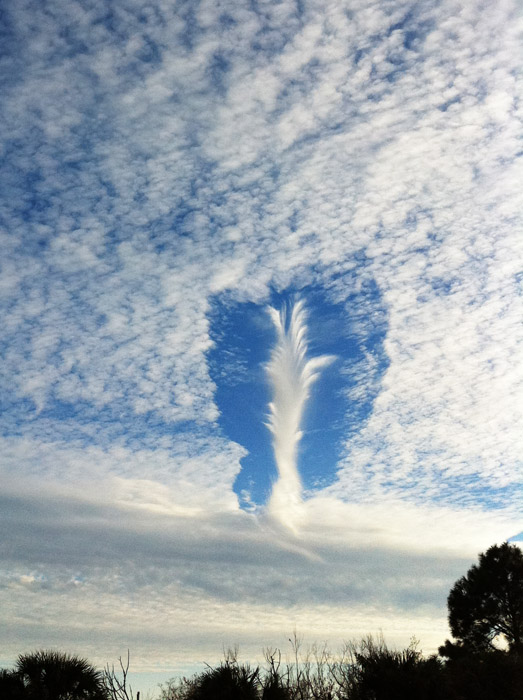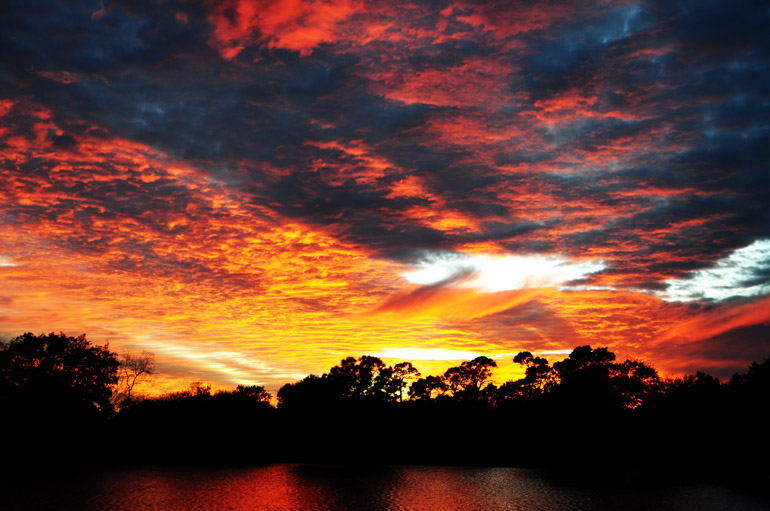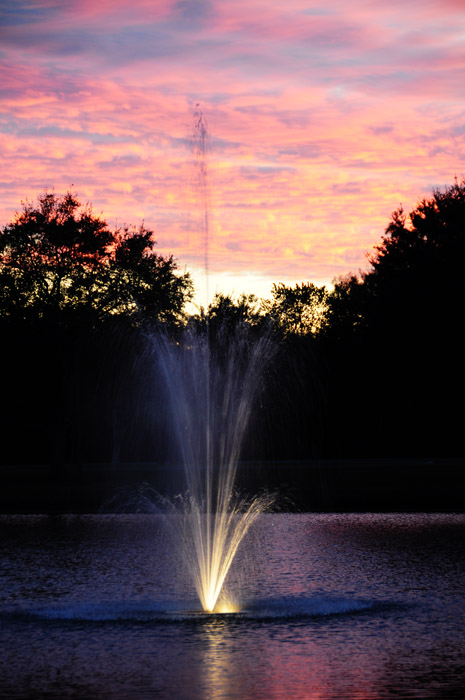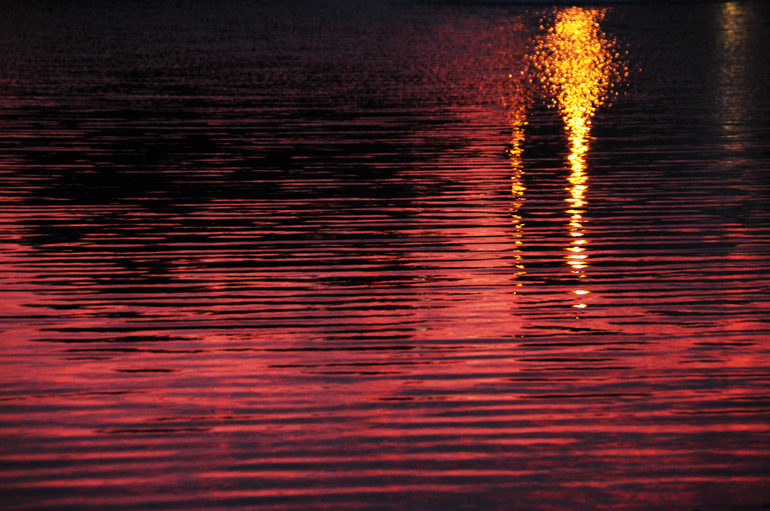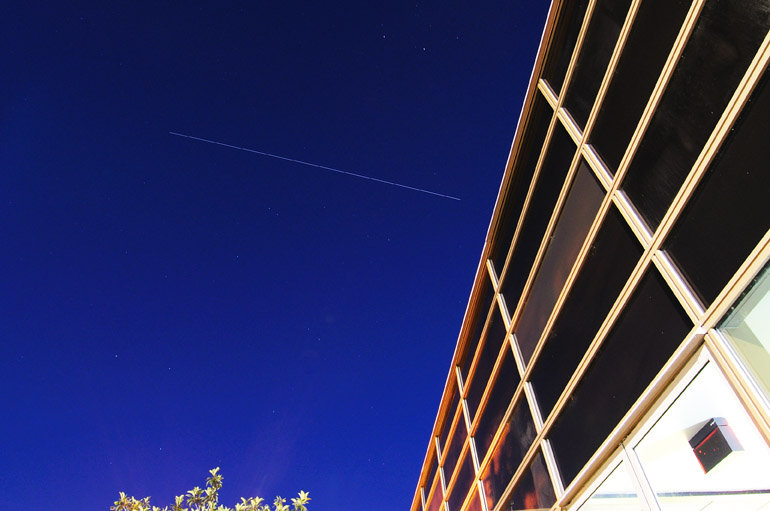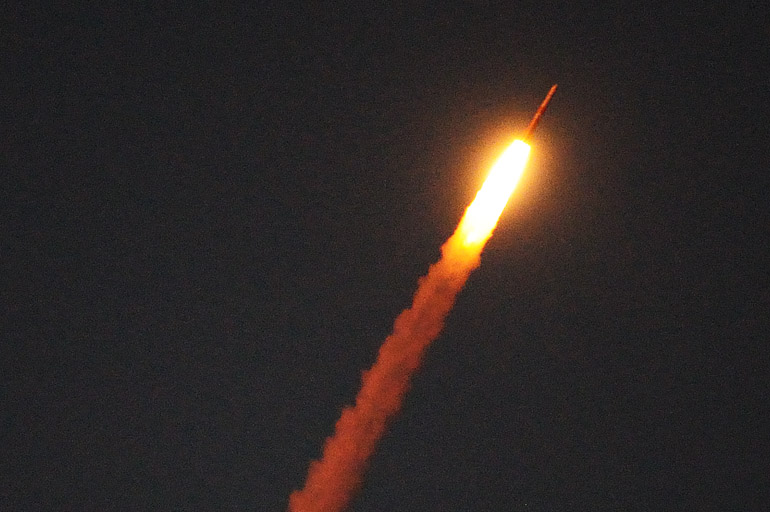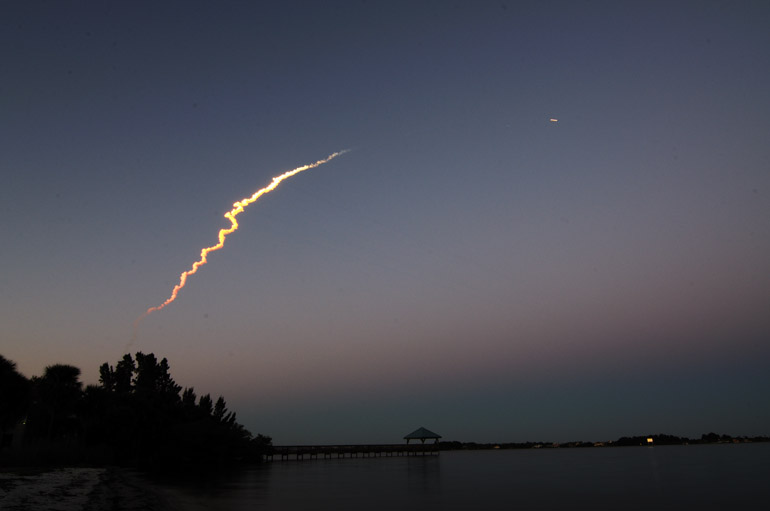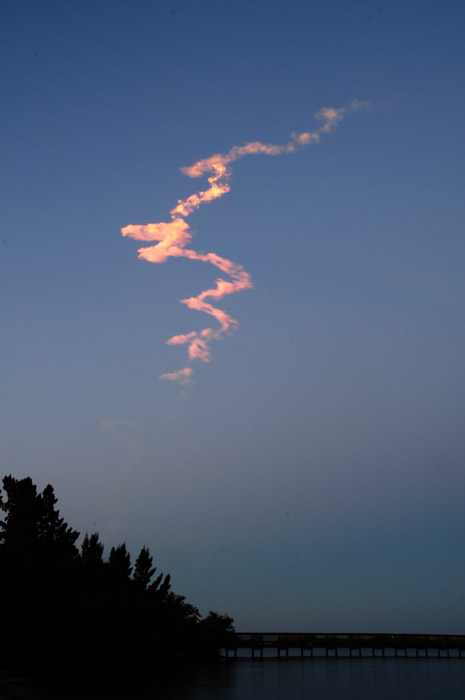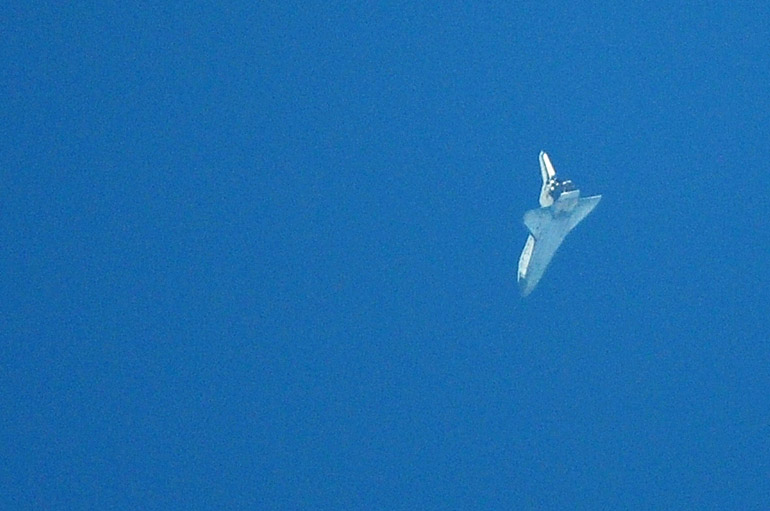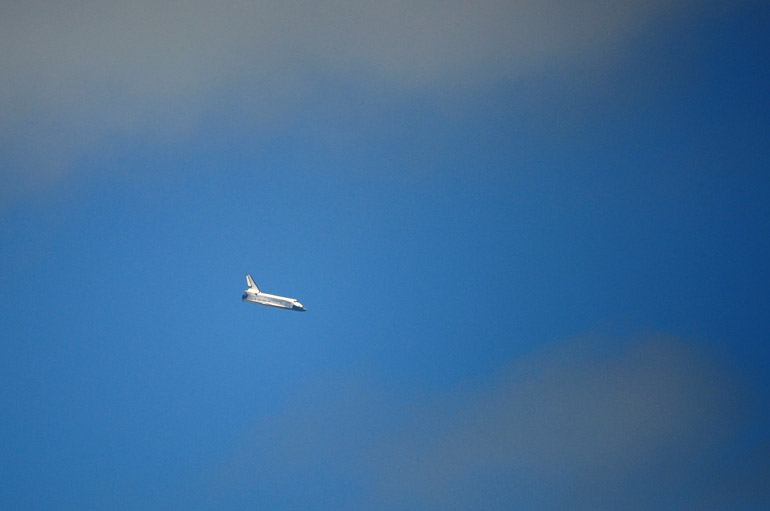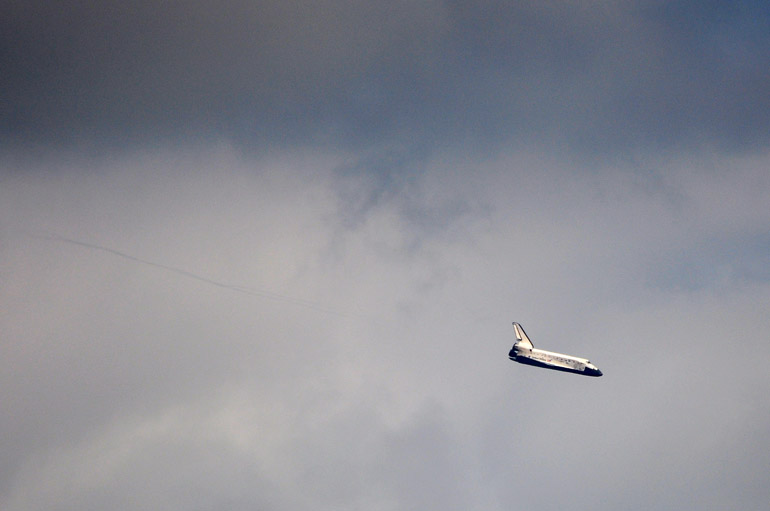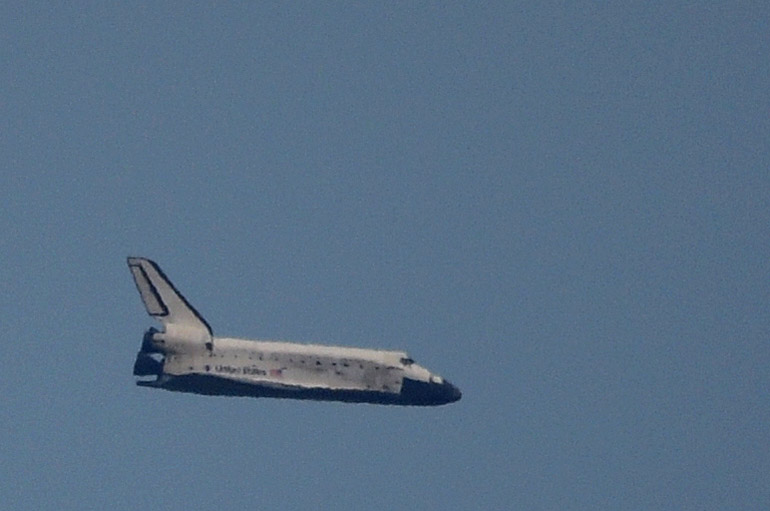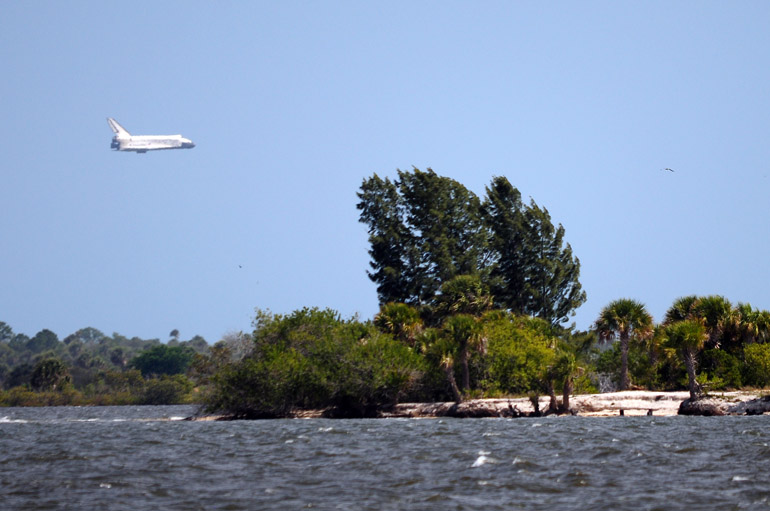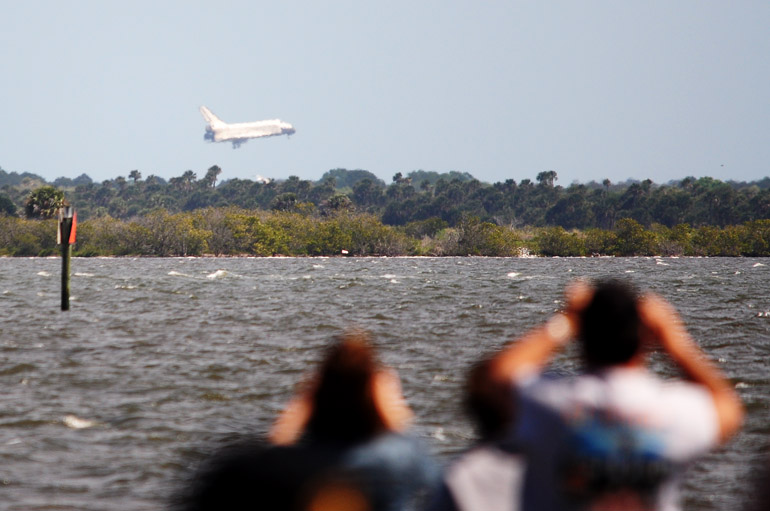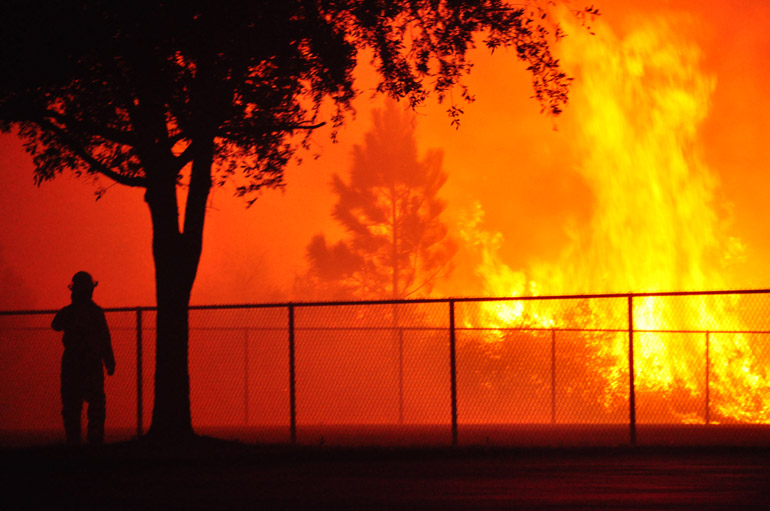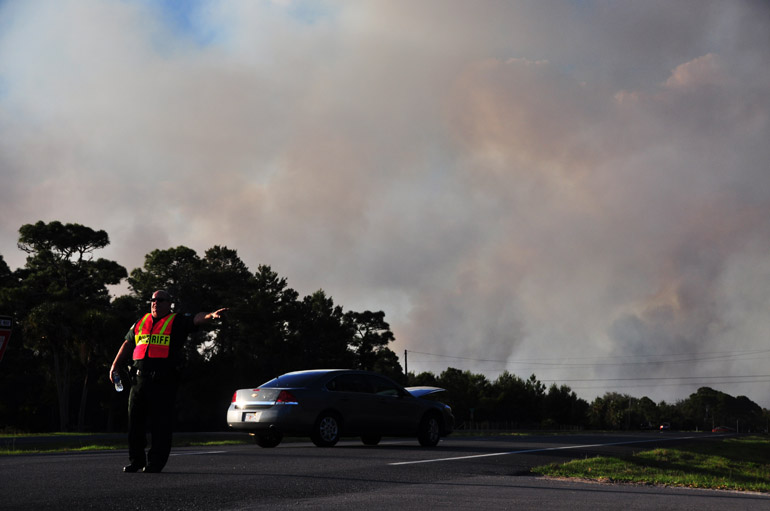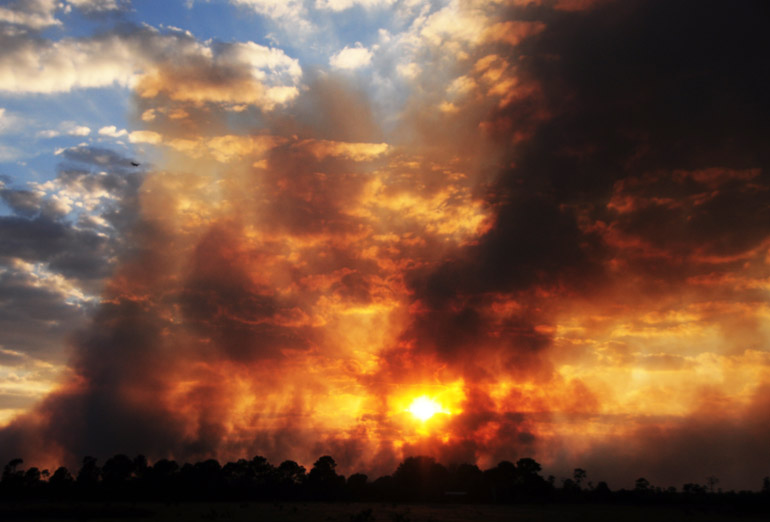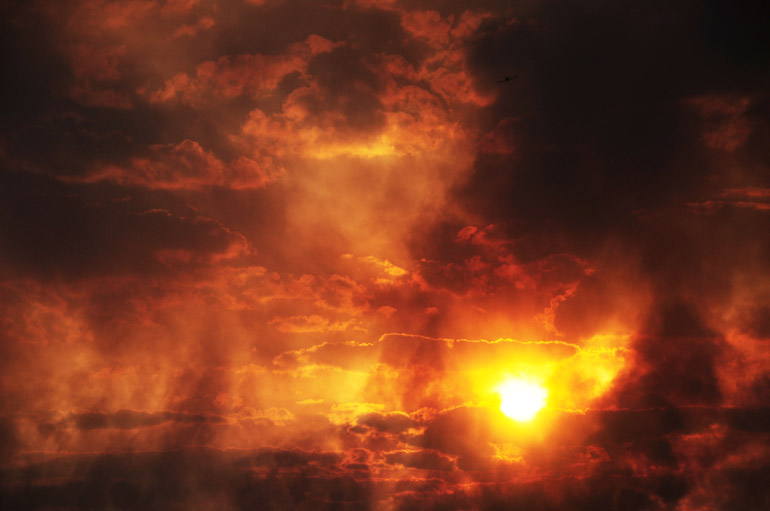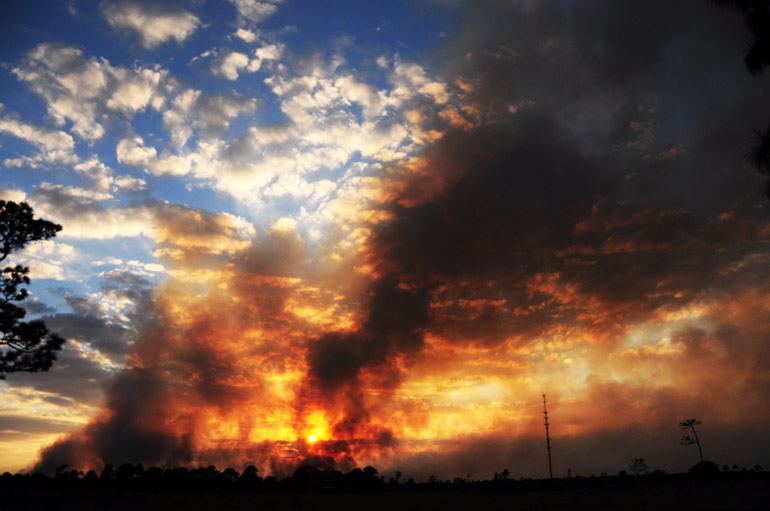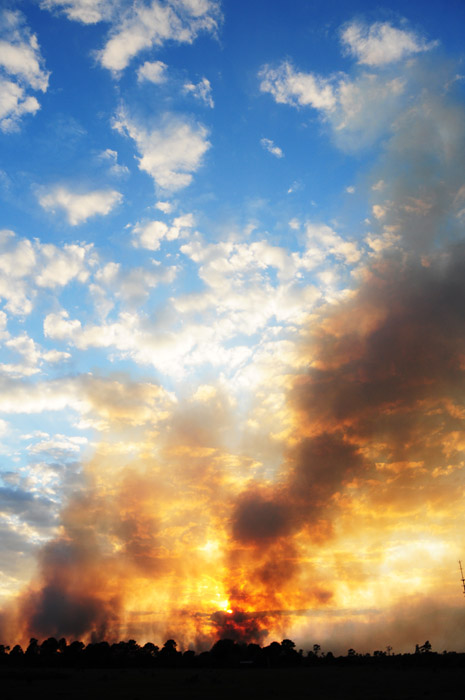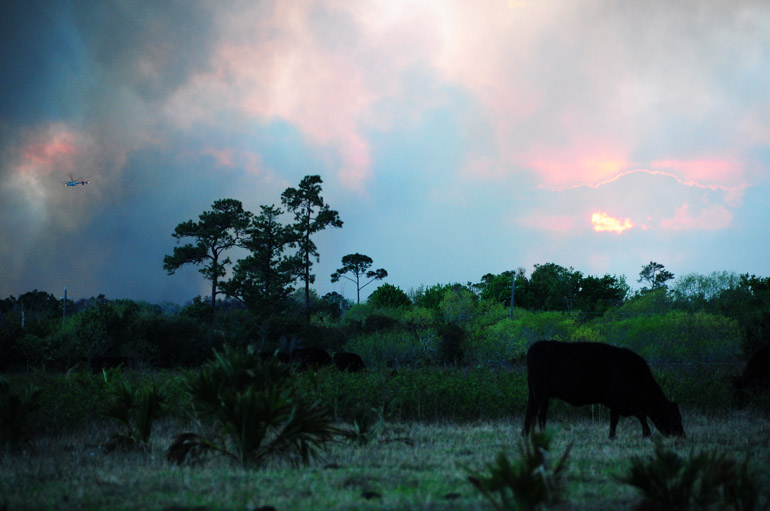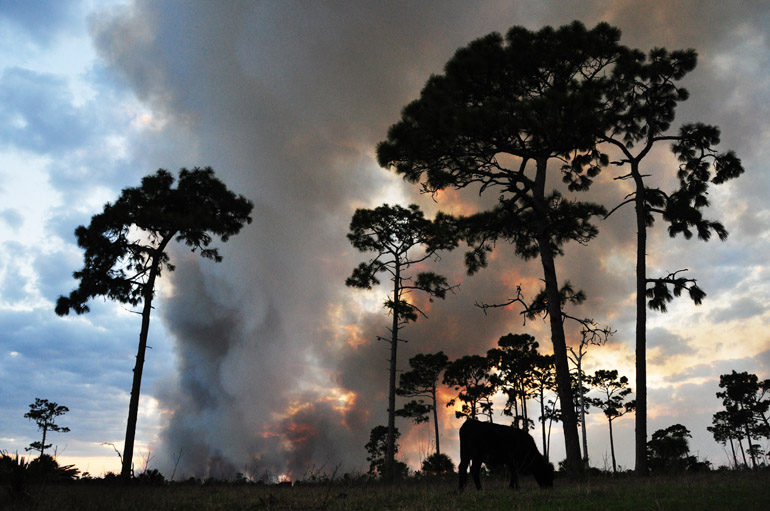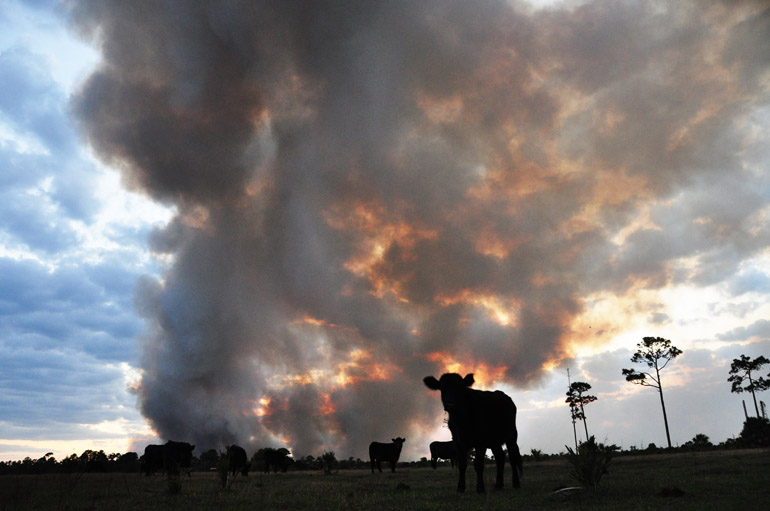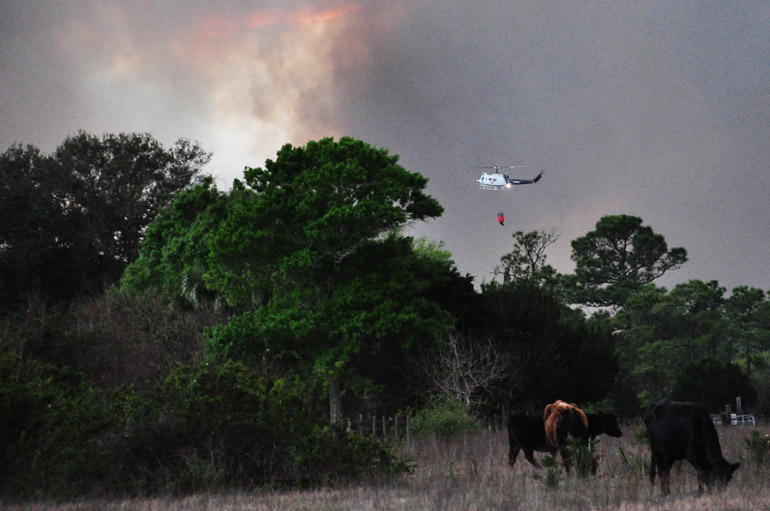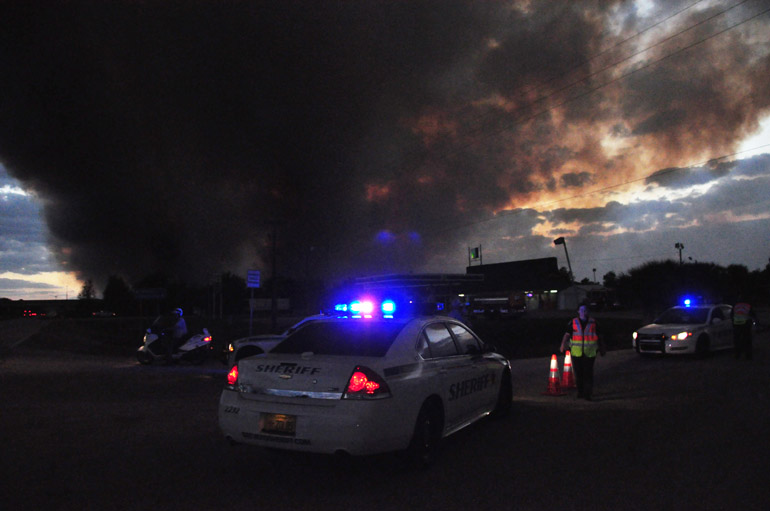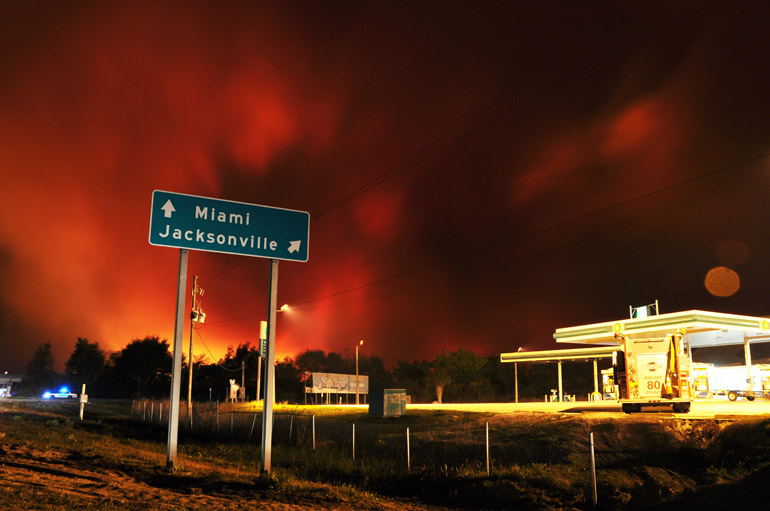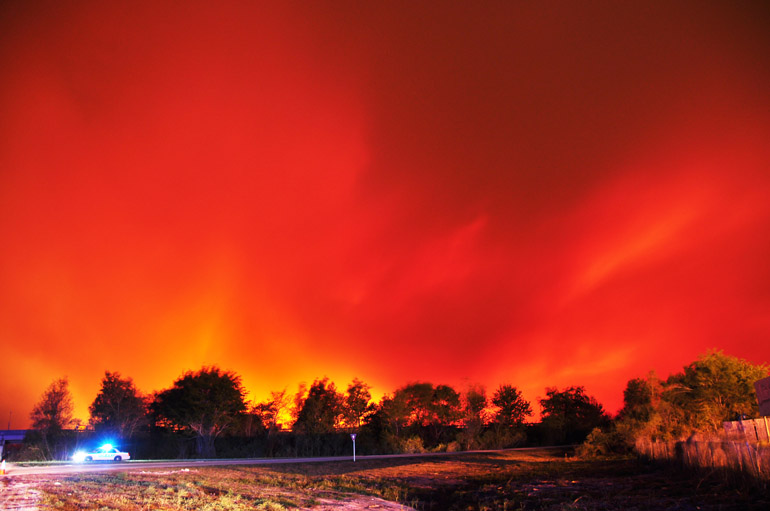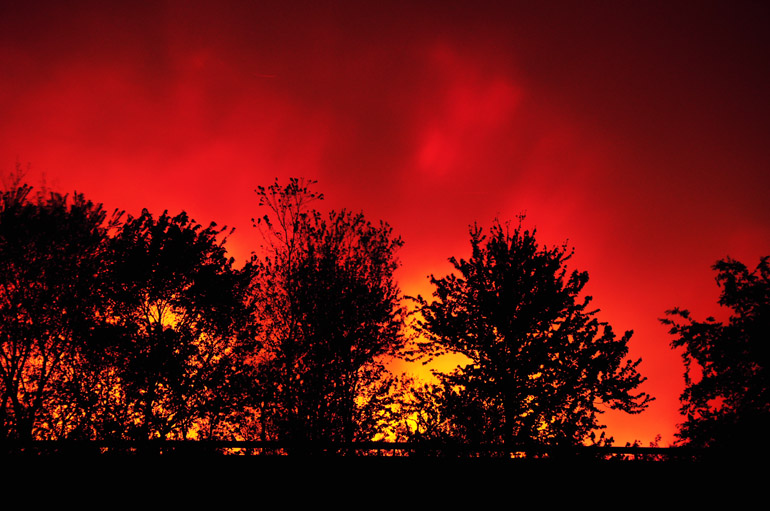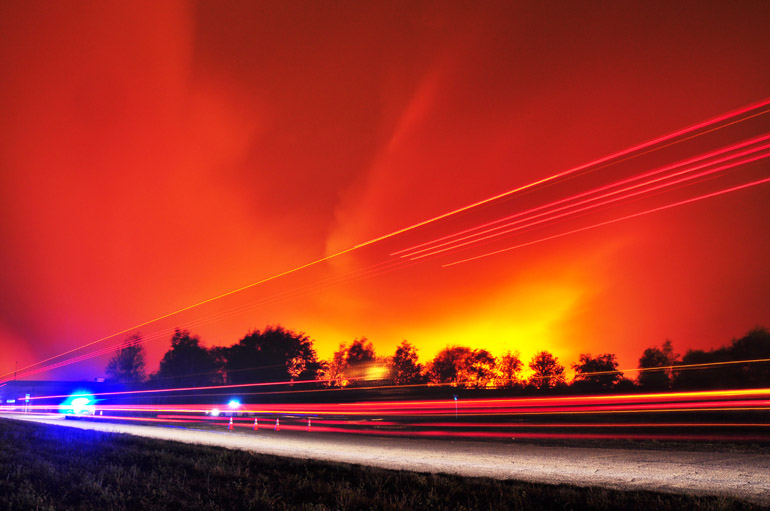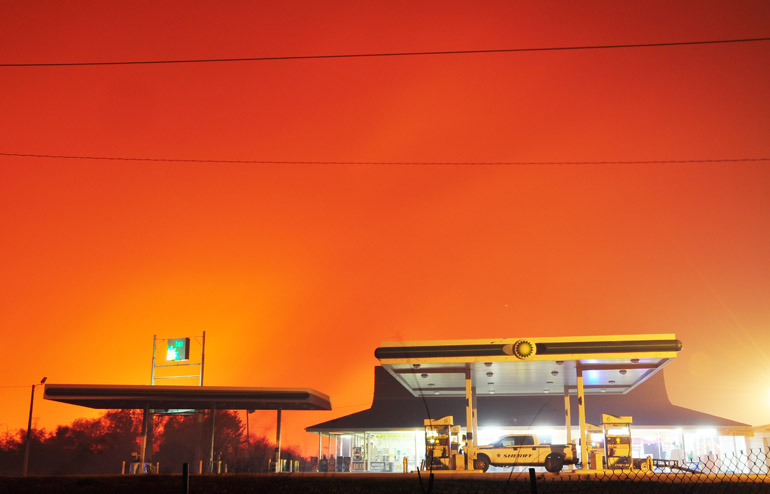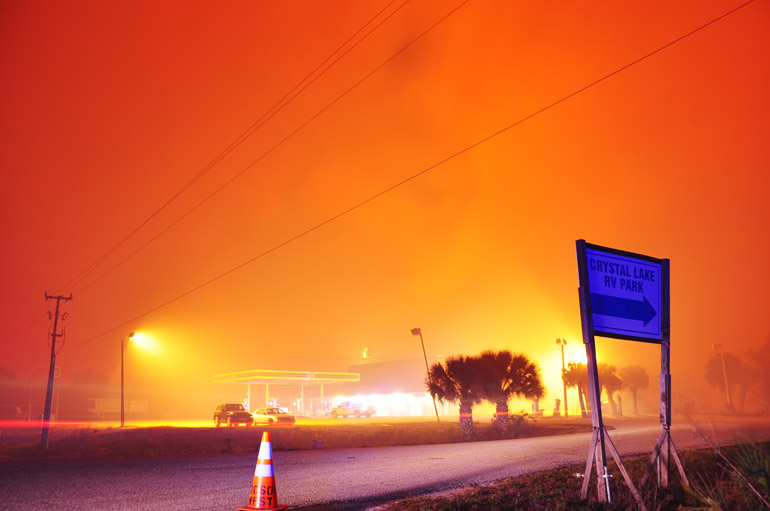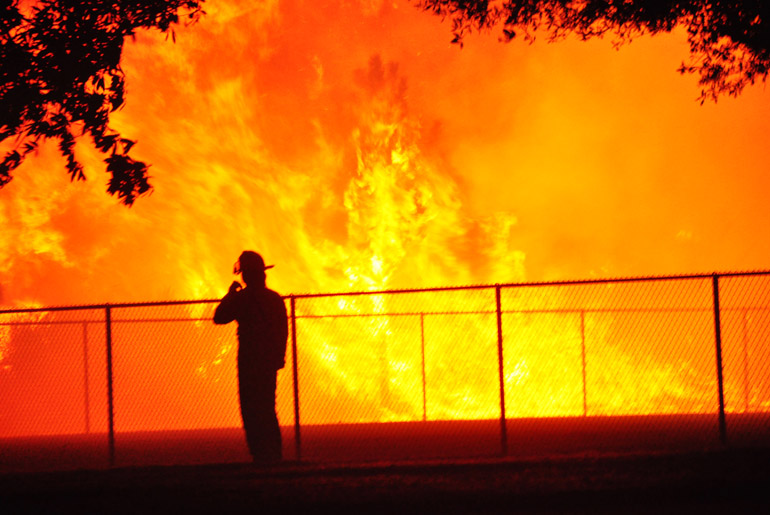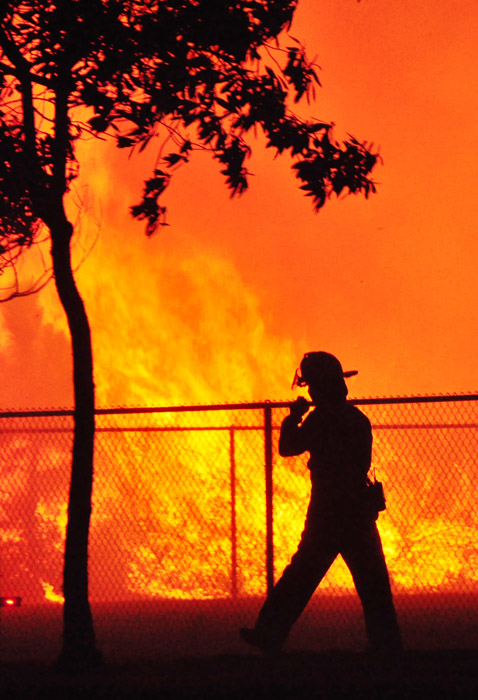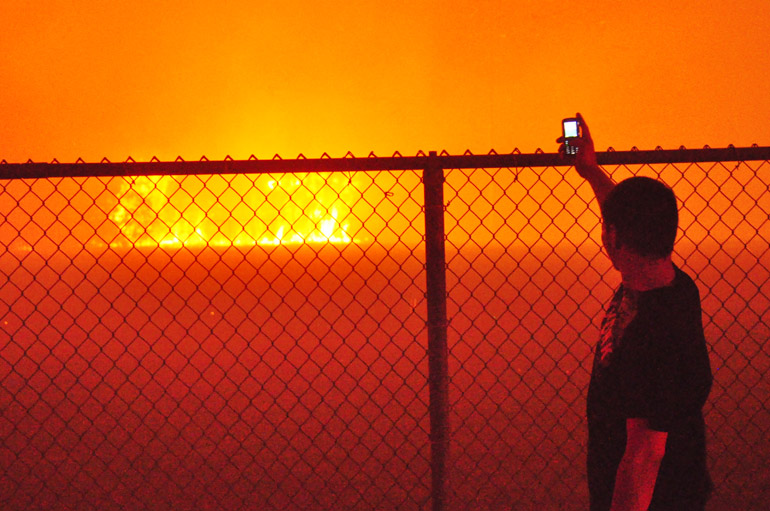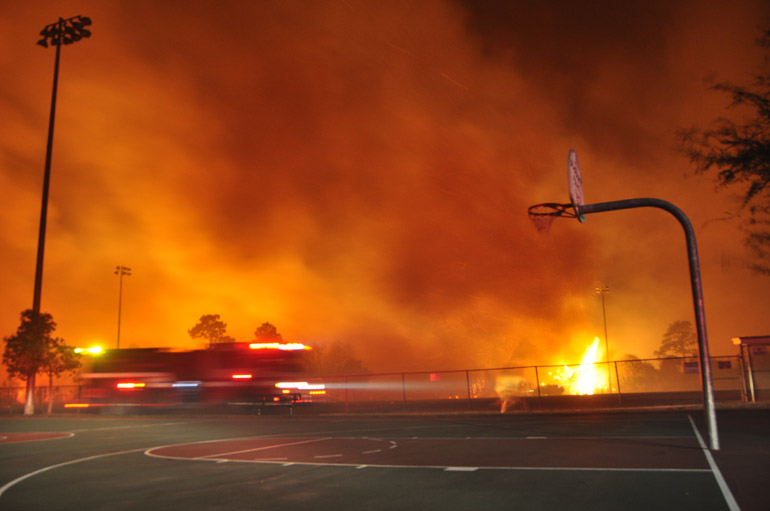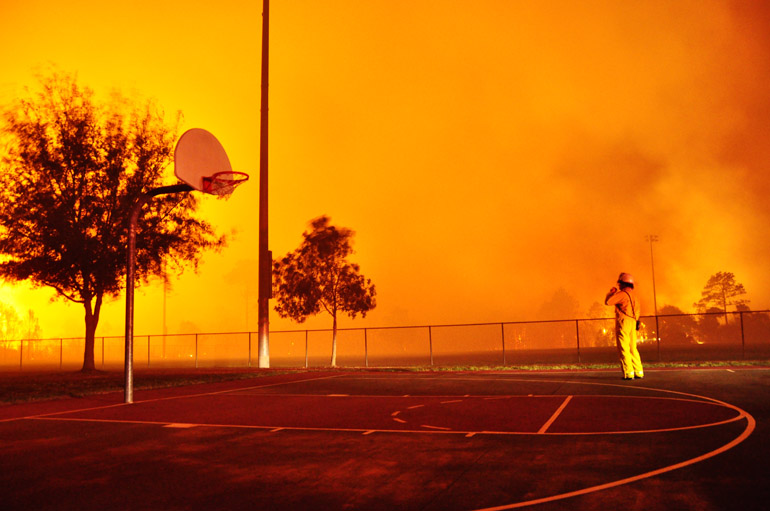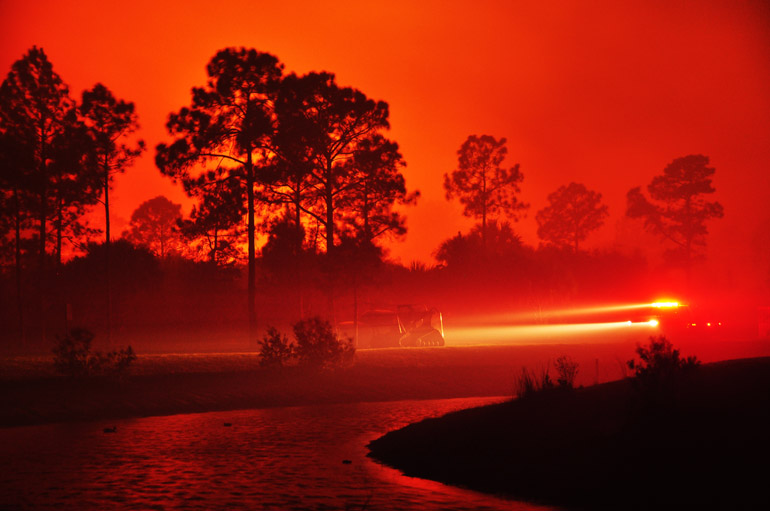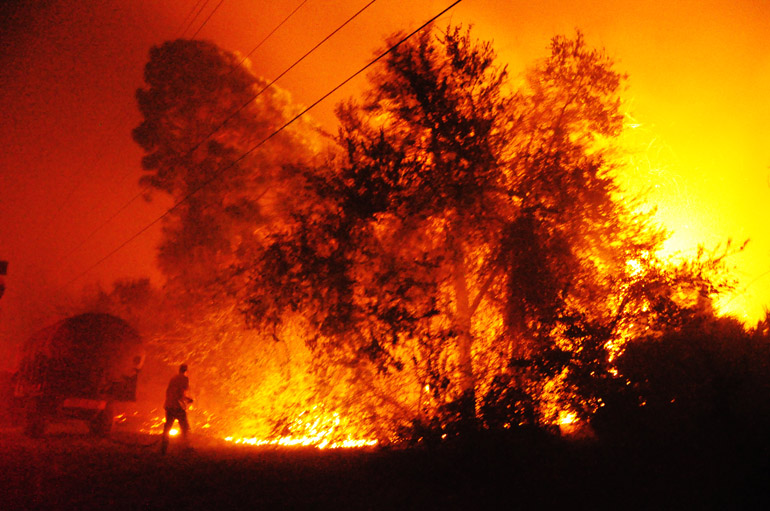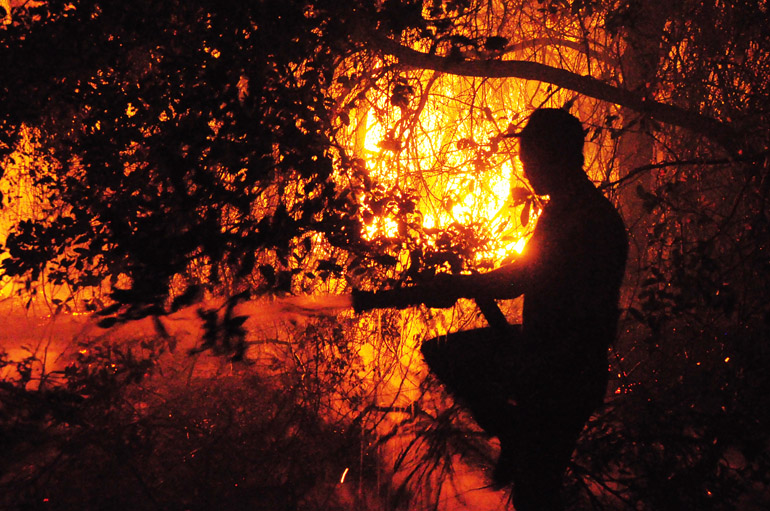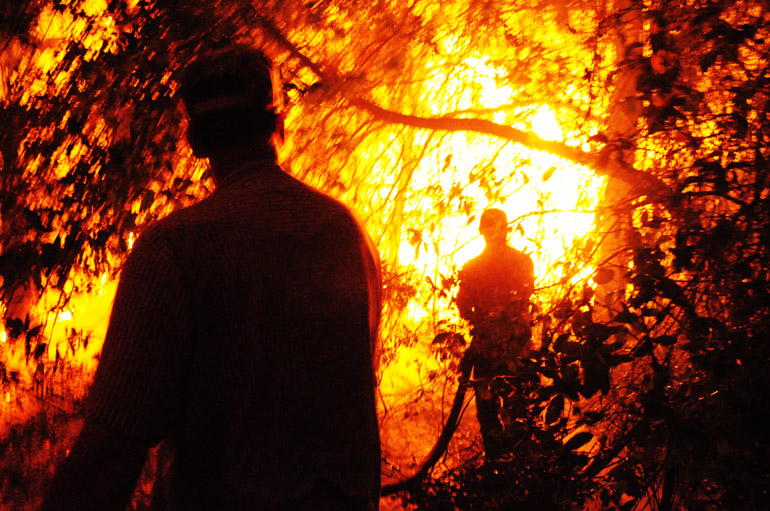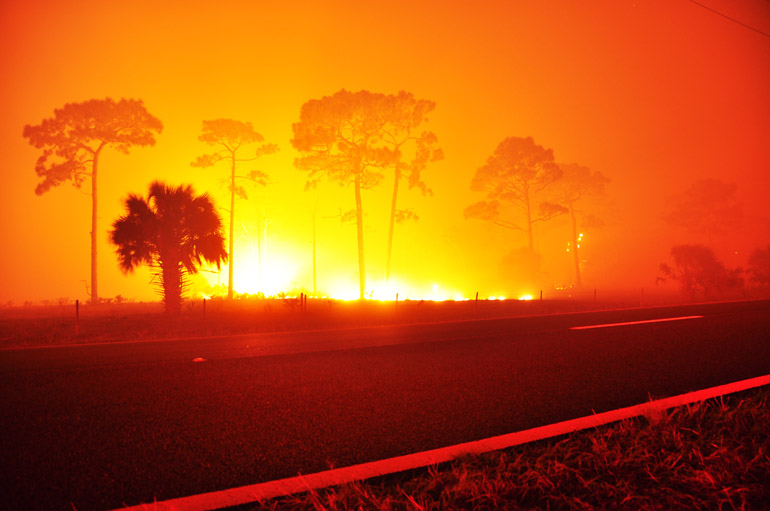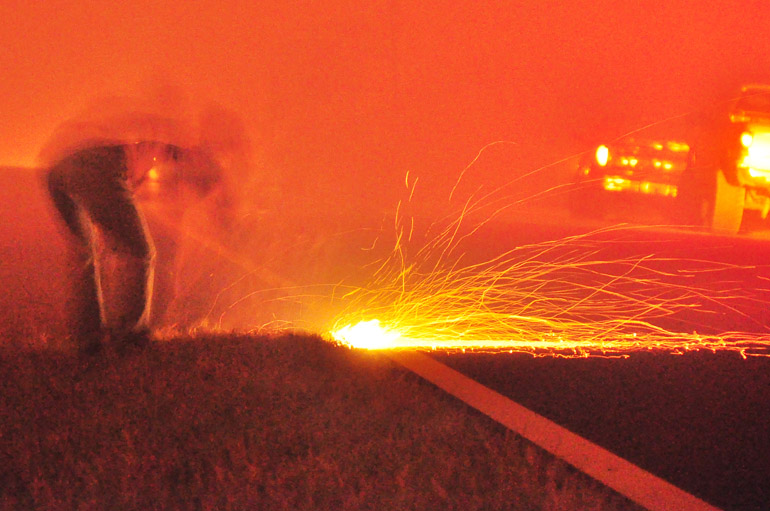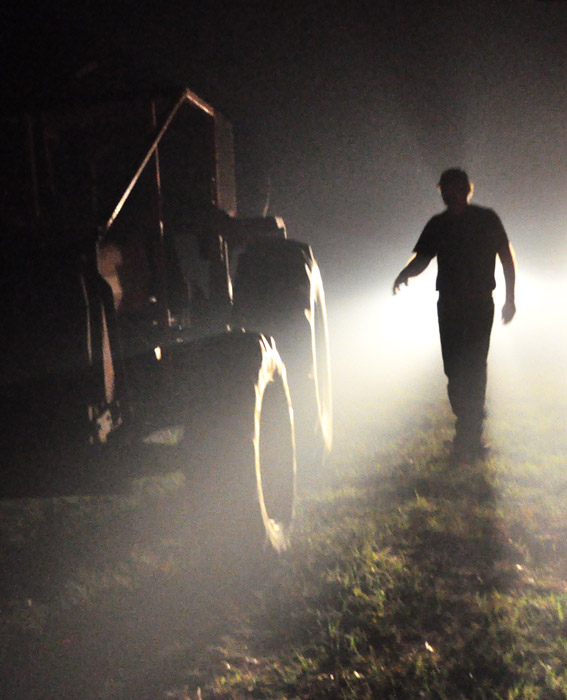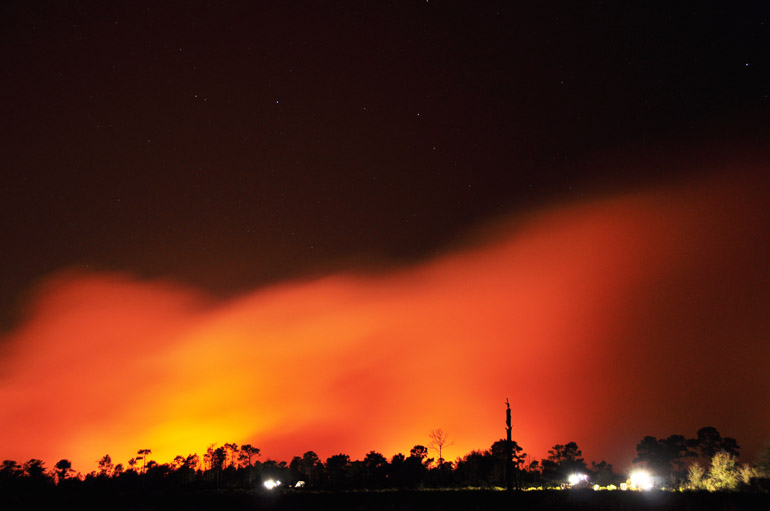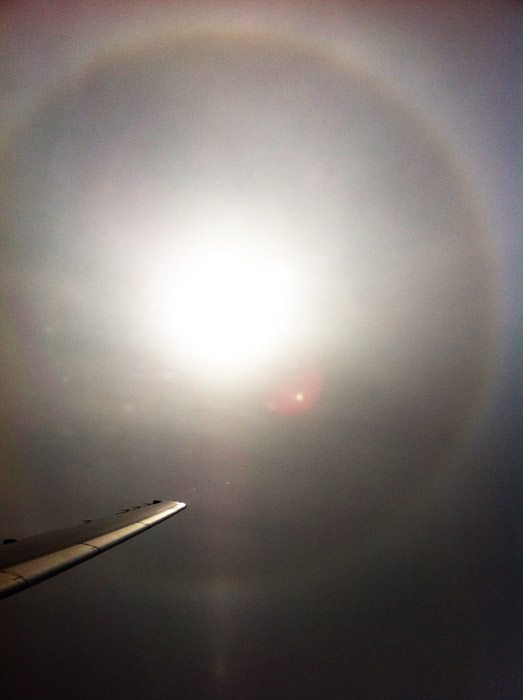
This photo from an airplane shows a halo around the sun. At high altitudes, where the air is so cold, the light bounces through ice crystals and creates such an effect. My SLR was in the overhead compartment.
Chase Jarvis, a commercial photographer widely known for his work with Nikon, Nike and Mountain Dew, coined the phrase in the headline of this post: "The best camera is the one that's with you." It was part of his movement calling for the embrace of cellphone cameras as the only picture-taking devices people have on them at all times -- because cellphone photos certainly are better than no photos at all.
I understand that everyone isn't like me and doesn't carry a digital SLR everywhere. I often have mine in my lap on an airplane, in my passenger seat in my car or slung around my back while scaling a mile-high mountain -- because, well, you just never know what might happen.
It's not always a good thing, though. Friends have told me that I need to let go: Not everything is worthy of a photograph. I tend to disagree, but quite often these days I'm taking their advice and leaving the Nikon in the car when I watch a ballgame at the stadium, go for a walk down the street or eat dinner at a fancy restaurant, where I'd otherwise be an embarrassment with a large camera.
I've tempered my SLR withdrawal with the knowledge that I'll always have my cellphone, my iPhone. I'll never actually be without a camera. My new iPhone 4 takes 5-megapixel, 2-megabyte images that are easily reproduced into high-quality prints. It's no 12-megapixel, 6-megabyte photo, but it usually tells the story in a somewhat rustic, grainy -- you could say, artsy -- manner. Photos sometimes turn out looking more like paintings than digital images, and that's OK.
This post consists of some images I snapped over the past few months with my phone when my SLR wasn't present, or when I just felt like snapping an iPhone pic to supplement the SLR pics, or when I was simply too lazy to get out the big camera.
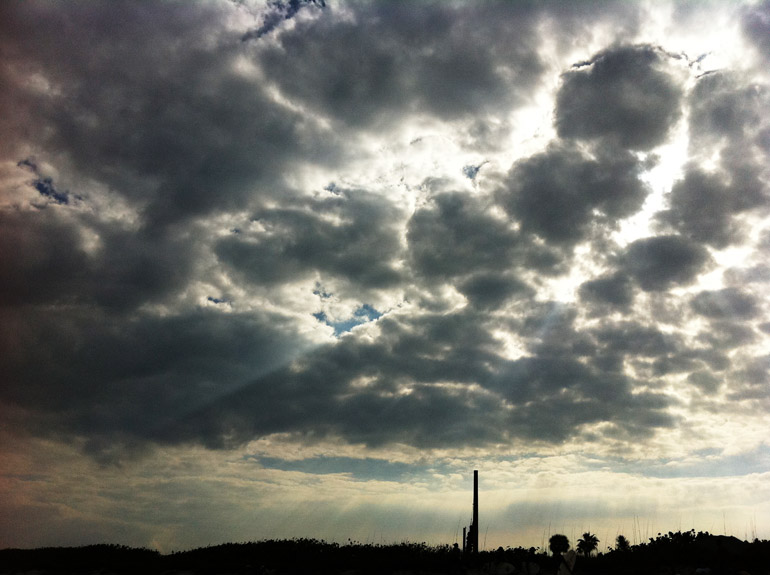
Some crepuscular rays broke through the clouds at Patrick Air Force Base before the final launch of space shuttle Discovery. My SLR was around my neck but in a waterproof casing.
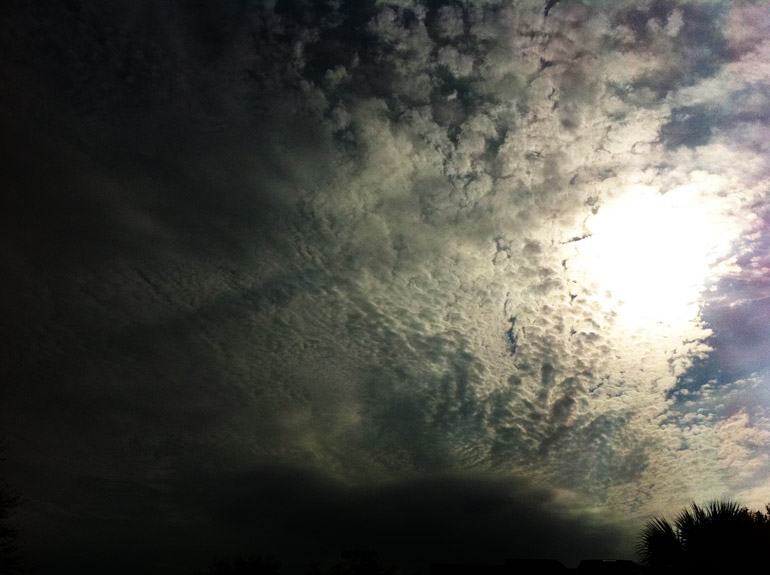
Some altocumulus clouds cast a distinct shadow outside my apartment in Melbourne. My SLR was locked in my car in the parking lot -- a good 15 feet away.
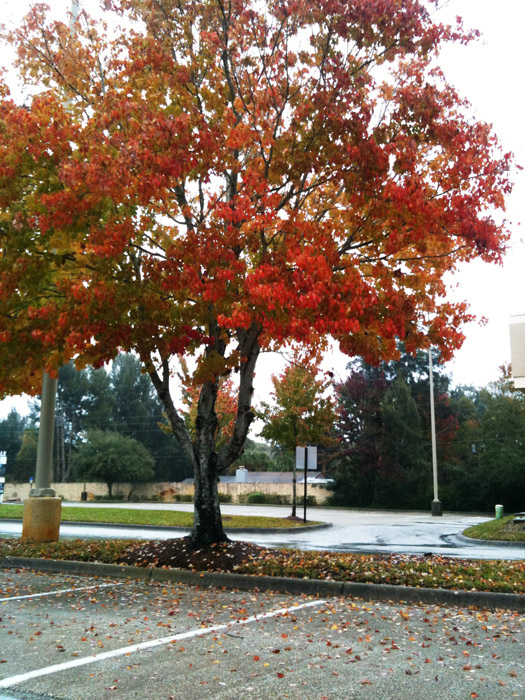
I'll take what hints of the seasons I can get here in Florida, such as this shedding tree outside a Target store in Melbourne Village. My SLR was in my trunk as I shopped for presents for a pretty girl.
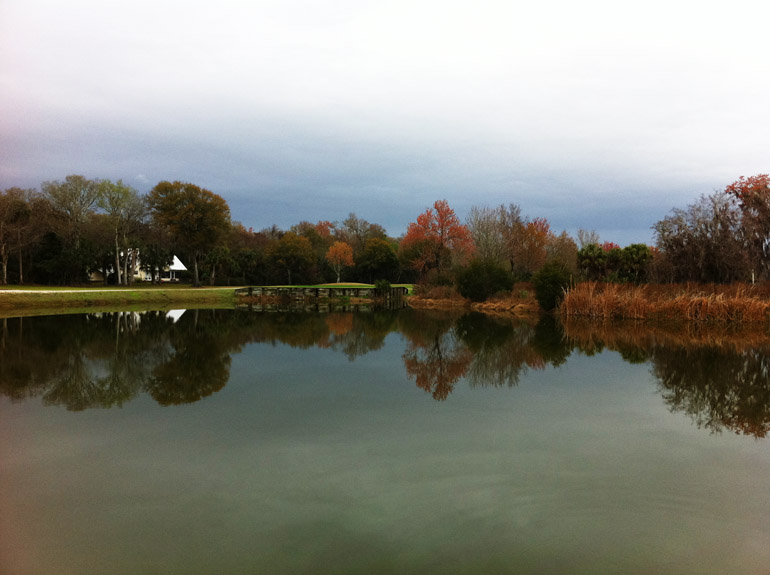
I thought this was a rather impressive display of fall foliage -- for Florida, in February -- at Sherwood Golf Club in Titusville. My SLR was in the car as I schooled my partner in a rainy round of 18.
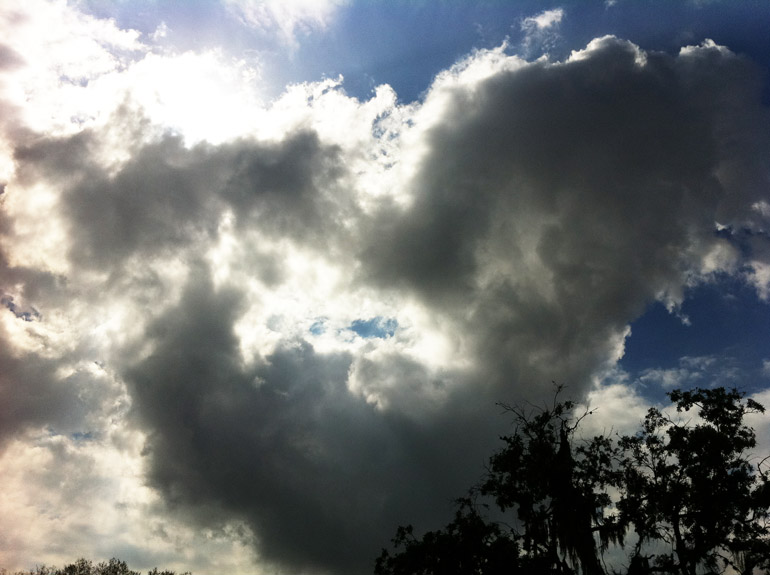
I kind of thought these clouds looked like Mickey Mouse. My SLR was in my apartment as I took a jog.
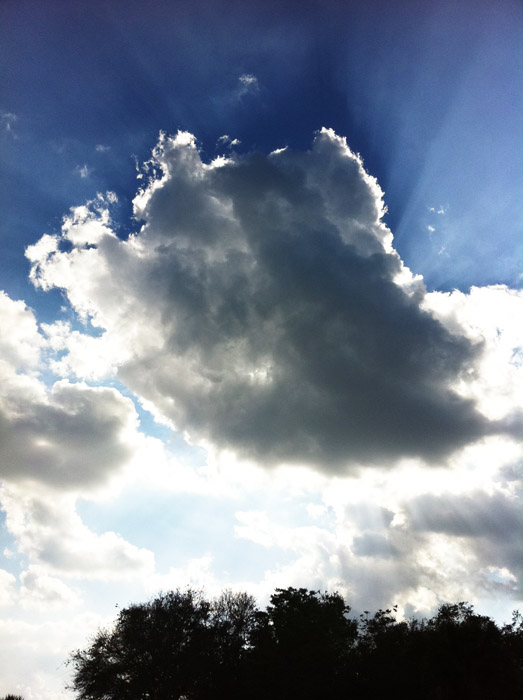
Crepuscular rays shine upward from a cloud near The Florida Today in Melbourne. My SLR was in the back seat as I waited to turn left across traffic.
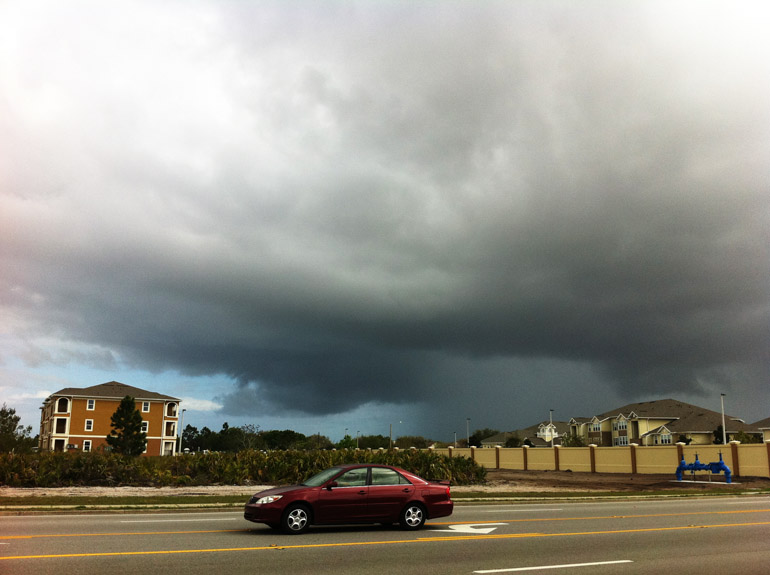
These rainclouds were a remarkable sight amid a parched winter season here in Florida. My SLR was in my apartment as I jogged.
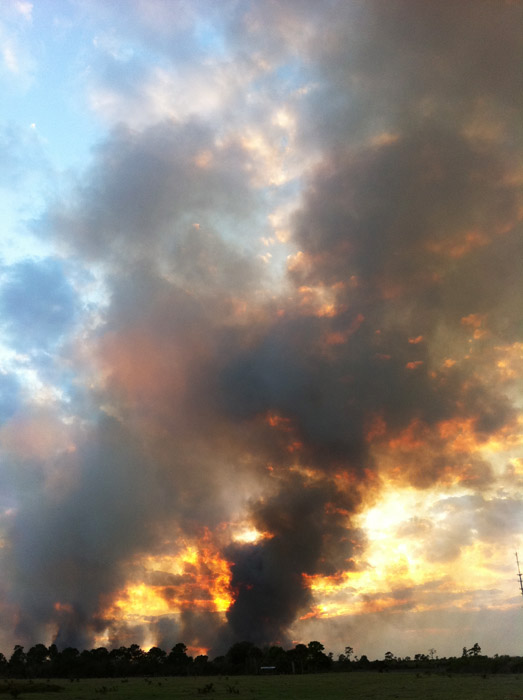
Smoke rose from the "Iron Horse" brush fire that burned 17,000 acres in northern Brevard County in early March. My SLR was around my neck, but my newspaper prefers cellphone photos from reporters and does not like to print their high-quality, well-composed SLR photos. So I took this photo with my iPhone. And they used it.
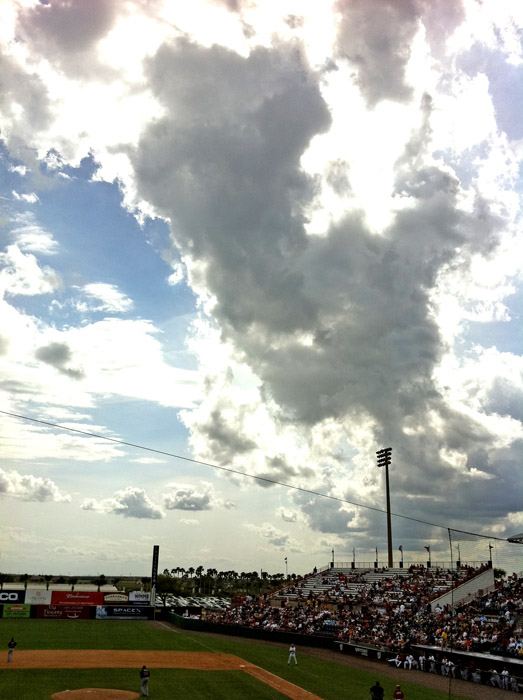
I went to a single Washington Nationals game during spring training this year: this matchup with the Mets. My SLR was -- for the first time that I've watched a major league game -- locked in the car.

This alligator looks large in this photo, snapped at the "Viera Wetlands," but it was only a little more than a yard in length. Totally could've wrastled it. My SLR was around my neck, but I wanted to snap a wide shot with my phone to send to someone.

I like the moon. I guess it reminds me that we live in a vast universe and that there are better and bigger things than what immediately surrounds us. I shot this as I returned from a reporting assignment about a protest against Florida's poor rich governor. My SLR was dismantled and not conveniently functional at the time.

This was the "super moon," a full moon at its orbital perigee, that I captured last weekend in Rockledge. My SLR was on my tripod, being occupied with a lengthy exposure that didn't even turn out as good as this photo. Pathetic, huh?

